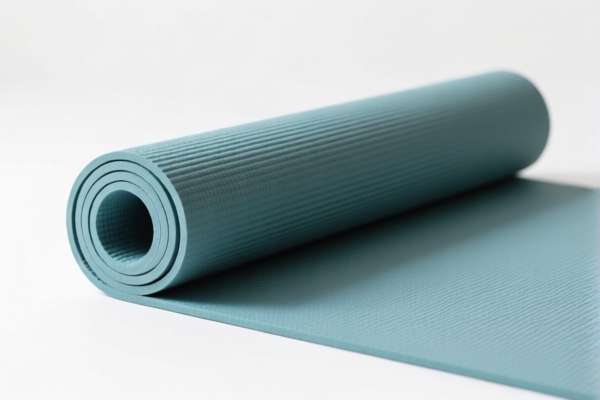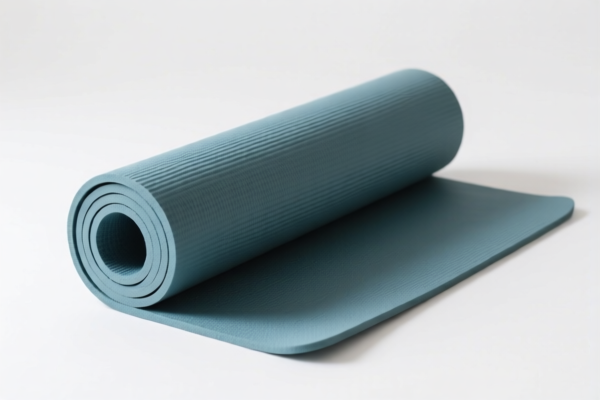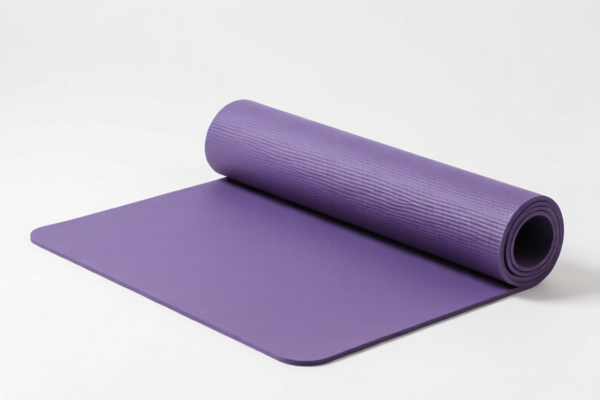| HS Code | Official Doc | Tariff Rate | Origin | Destination | Effective Date |
|---|---|---|---|---|---|
| 3918105000 | Doc | 59.2% | CN | US | 2025-05-12 |
| 6307909891 | Doc | 37.0% | CN | US | 2025-05-12 |




Okay, let's break down the classification and tax implications for your declared goods, "YOGA MATS," based on the provided HS codes. We'll analyze each code separately to ensure clarity.
Analysis of HS Code 3918.10.50.00: Floor coverings of plastics
This HS code suggests your yoga mats are being classified as plastic floor coverings. Here's a detailed breakdown:
- 39: Plastics and articles thereof. This chapter broadly covers items made from plastic.
- 18: Floor coverings, whether or not self-adhesive. This narrows it down to plastic materials specifically used as floor coverings.
- 10: Of polymers of vinyl chloride (PVC). This indicates the mats are made from PVC plastic.
- 50: Wall or ceiling coverings. This is where it gets specific – classifying these PVC floor coverings as wall or ceiling coverings. This is unusual for yoga mats, and requires careful review.
Tax Implications (as of current data):
- Basic Duty: 4.2%
- Additional Tariff: 25.0% (currently)
- Post April 2, 2025: Additional Tariff increases to 30.0%
- Total Tax: 59.2%
Important Considerations for 3918.10.50.00:
- Material Verification: Crucially, confirm the mats are primarily made of PVC. If other materials constitute a significant portion of the composition, this HS code may be incorrect. A material composition report is highly recommended.
- Functionality: Yoga mats are primarily used as exercise equipment, not as permanent floor or wall coverings. This classification seems atypical. You should consider if another HS code might be more appropriate.
- Self-Adhesive: Does the mat have an adhesive backing? If so, this detail should be confirmed.
- Certification: Depending on the final use and importing country's regulations, you may need certifications related to plastic content (e.g., REACH compliance, phthalate content).
Analysis of HS Code 6307.90.98.91: Other made up articles, including dress patterns
This HS code classifies your yoga mats as "other made up articles." Let's break it down:
- 63: Other made up textile articles; sets of textile articles. This chapter covers a wide range of finished textile products.
- 07: Other made up articles, including dress patterns. This narrows it down to finished articles that aren't specifically covered elsewhere.
- 90: Other. This indicates the item doesn't fit into more specific categories within this section.
- 98: Other. Further specifies the item as a miscellaneous "other" category.
- 91: Other. This is a very broad "catch-all" for items not specifically classified elsewhere.
Tax Implications (as of current data):
- Basic Duty: 7.0%
- Additional Tariff: 0.0% (currently)
- Post April 2, 2025: Additional Tariff increases to 30.0%
- Total Tax: 37.0%
Important Considerations for 6307.90.98.91:
- Material Composition: This HS code is often used for items with diverse material compositions. Confirm the primary material of the yoga mat. If it's predominantly rubber or another material, a different HS code might be more accurate.
- Textile Content: While "made up articles" can include items with some textile components, this code is best suited for items where textiles are a significant part of the construction.
- Functionality: Again, emphasize the primary function of the yoga mat as exercise equipment. This code is quite general.
- Single Piece vs. Set: Is the yoga mat sold individually or as part of a set (e.g., with a carrying bag)? This could influence the classification.
Recommendation
Based on the information provided, HS Code 6307.90.98.91 seems more appropriate for yoga mats, assuming they are not primarily made of PVC. However, the broad nature of both codes suggests a potential for misclassification.
I strongly recommend consulting with a customs broker or providing a more detailed description of the yoga mats' material composition and intended use to ensure accurate classification. Incorrect classification can lead to delays, penalties, and unexpected costs.
Key Actions:
- Material Report: Obtain a detailed material composition report for your yoga mats.
- Functionality Clarification: Confirm the primary function of the mats (exercise equipment vs. floor covering).
- Customs Broker Consultation: Seek professional advice from a customs broker in your importing country.
- Review Regulations: Check for any specific regulations or requirements related to exercise equipment or plastic products in your importing country.
Disclaimer: I am an AI assistant and cannot provide definitive customs classification advice. This information is for general guidance only. Always consult with a qualified customs professional for accurate and up-to-date information.
Customer Reviews
No reviews yet.